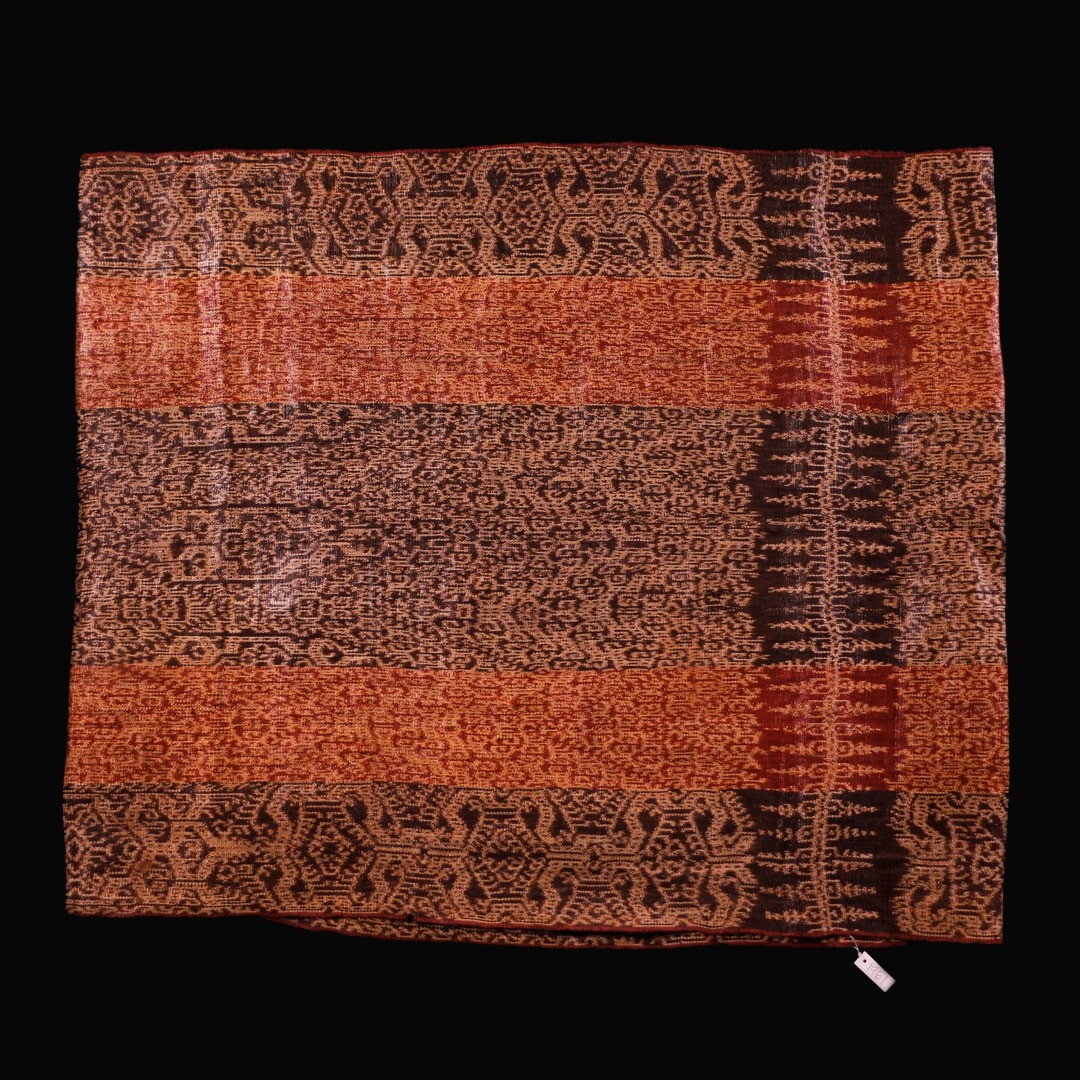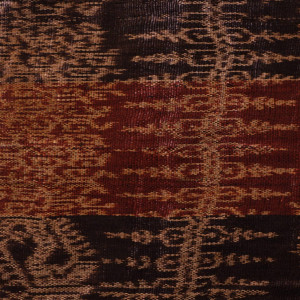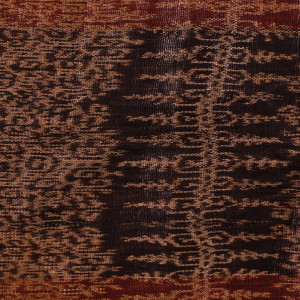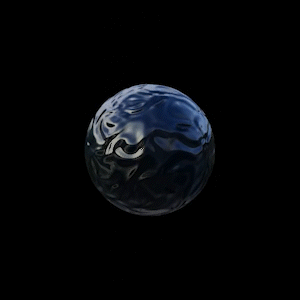Panapisan/ Tubular Garment
Ikat Dyeing
Artist
Data currently unavailable
Date
Data currently unavailable
Language Group
Bagobo
Artist Collective
Data currently unavailable
Geographical Setting
Davao
Provenance
n/a
Making Classification
Ikat Dyeing
Making Sub Classification
Data currently unavailable
Anthropological Class
Data currently unavailable
Museological Class
Data currently unavailable
Museological Sub Class
Data currently unavailable
Condition
Good
Material
Abaca
Dimensions
67.00 x 78.00 x cm
Artist Statement
Data currently unavailable
Bibliography
Data currently unavailable
Annotation
The cloth of abaka (Musa textilis Nee) is constructed into a tubular garment called panapisan by the Bagobo who made it—although similarly called wrap-around skirts called tapis, the root of panapisan, were ubiquitous in island Southeast Asia. This panapisan is made rarefied by the loss of proficiency, among the Bagobo, in the weft ikat technique that was deployed in its making. Weft ikat involves the tying of tiny segments of clusters of threads intended to become the warp of a cloth, dyeing the tied threads taken down from the warping frame. The outcome are bunches of threads with the binary rendering (dark and abaka-colored or positive and negative) along their length. These are then woven, when typical patterning prominently includes reptilian evocations; notably, the crocodile, which figures immensely in island Southeast Asian mythology.
Licensing
The exclusive Intellectual Property Rights of the information contained in this website remains with the artist/s and the Cultural Center of the Philippines and is protected by the laws of the Republic of the Philippines. No part of this website may be reproduced, published, distributed, or transmitted in any public form or by any commercial means without prior written permission of the artist/s and CCP.
For permission and licensing requests, email vamd@culturalcenter.gov.ph.
Feedback
We are committed to learning more about our collections and updating the content of this website. Does this record contain inaccurate information or language that you feel we should improve or change? Please contact us at vamd@culturalcenter.gov.ph.
